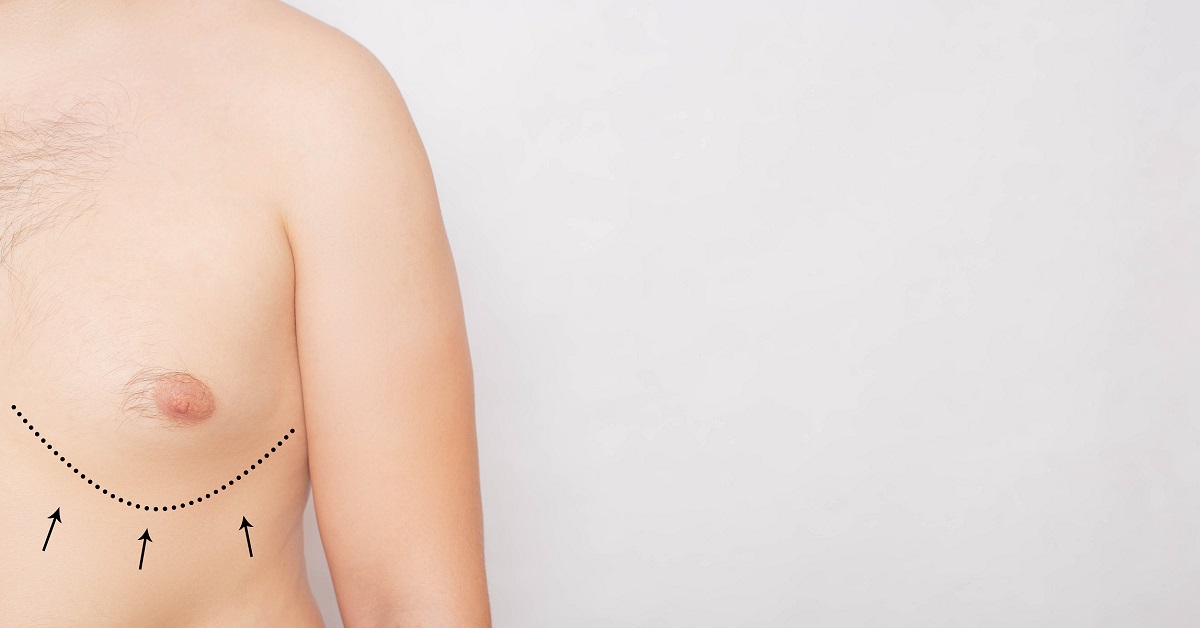Gynecomastia, which is an enlargement of the male breast tissue, can be both physically and emotionally uncomfortable. Men with gynecomastia may feel embarrassed or down on themselves because of the condition, leading to a decrease in self-confidence. Fortunately, there are several options for overcoming gynecomastia through plastic surgery.
What Is Male Gynecomastia?
Gynecomastia is a common condition where the male chest area becomes enlarged because of excess fat and/or glandular tissue in the breast area. It affects between 40% and 60% of men at some point in their lives, usually during adolescence or in middle age. The cause of gynecomastia is not always known, but it can be caused by hormonal imbalances, certain medications (such as steroids), or anabolic steroids used for bodybuilding.
It’s About the Chest, But Can Also Get in Your Head
Male gynecomastia can have a large psychological impact on men. Not only is the condition physically uncomfortable, but it can also be emotionally difficult to deal with. Men who suffer from gynecomastia may feel embarrassed or ashamed about the way their chest looks, leading to decreased self-confidence and self-esteem. This can have a significant impact on daily life and activities, making it important to seek out treatment options that are both safe and effective.
Fortunately, with the help of a board-certified plastic surgeon, men who suffer from gynecomastia can experience improved confidence and comfort in their own skin.
Treatments Available for Gynecomastia
In most cases, male gynecomastia can be treated with plastic surgery. The procedure involves removing excess skin and fat from the chest area while preserving as much healthy tissue as possible. In addition to this procedure, men who suffer from gynecomastia may also benefit from liposuction to remove any remaining fat deposits in the area. Other treatments such as laser therapy or hormone therapy may also be used to help reduce swelling and improve appearance.
Recovery After Surgery
After undergoing plastic surgery for male gynecomastia, patients should expect some discomfort during recovery. Most people will experience some pain and swelling after surgery, but this should subside over time. Patients should also expect bruising and soreness that can last up to two weeks following surgery. During recovery, it is important to wear a supportive garment such as a compression vest or bandage to reduce swelling and support the chest area while it heals. Additionally, men should avoid strenuous activity during recovery and follow their doctor’s instructions regarding post-surgery care to ensure a successful outcome.
Next Steps
Ultimately, deciding whether to pursue treatment is up you. However, if plastic surgery is something you are considering for yourself or someone close to you, it is important to discuss all options and expectations with a board-certified plastic surgeon before proceeding. To find out more about male gynecomastia treatment options and to schedule a consultation with Dr. Marc Wetherington, call us today. We look forward to helping you on your journey toward a more confident and improved self.







